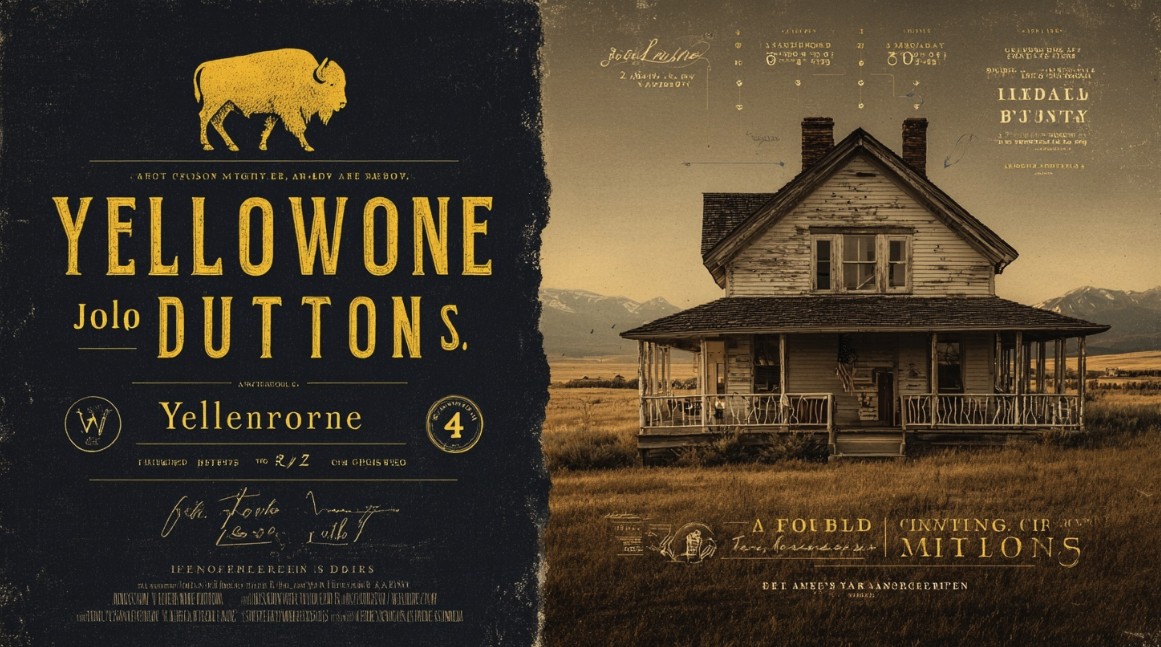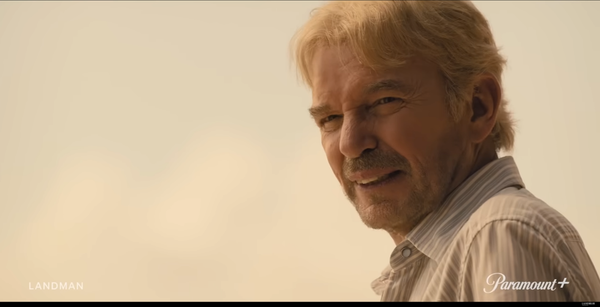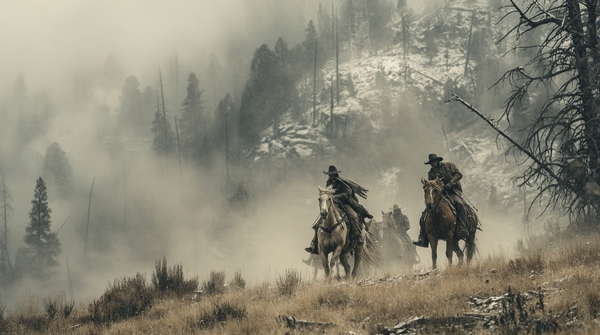The Seven-Generation Riddle of the Duttons: When Television Meets Genealogy

Within the “Yellowstone” universe, the Dutton family’s past is both the bedrock of its legend and the archaeological site of fan debate. From “1883” to “1923,” and into the flagship series, time unspools like a dirt road marked by waystations, headstones, and loss—ever moving forward, not always straight. Taylor Sheridan designs family myth with high emotion and hard fate, and it is precisely this richness that makes an odd, perfectly reasonable question central: who, exactly, is the father of John Dutton, the fifth-generation patriarch played by Kevin Costner?
I. From the Cemetery to the Porch: An Evidentiary Chain
In “Yellowstone” Season 5, Episode 1, Jamie states flatly that John Dutton is fifth generation. Elsewhere, voiceovers and dialogue reiterate that seven generations have lived on the ranch. These two facts anchor the argument: if John is fifth generation, his father must be fourth, and his grandson Tate naturally becomes seventh.
Another crucial clue comes from Season 2: John’s father fought in World War II and died at age ninety prior to the show’s events in 2018. The simplest arithmetic places his birth in the mid-1920s. Which nudges us toward the end of “1923,” where two branches of the family were welcoming children at precisely that moment.
II. Two Possible Lines: Jack and Elizabeth—or Spencer and Alexandra?
A widely repeated fan hypothesis holds that Spencer and Alexandra’s son (often informally dubbed “John II”) is Costner’s John’s father. It’s easy to see why: Spencer’s arc in “1923” burns with romance and kinetic adventure. It is memorable, and beloved. But generational logic is stubborn—Spencer is second generation, which makes his child third, not fourth. That mismatch undermines the neatness of a Spencer-to-Costner line.
By contrast, the child of Jack and Elizabeth (and “1923” closes with Elizabeth still pregnant, a detail reinforced in interviews) fits both time and generation: Jack is third generation, his child would therefore be fourth; a mid-1920s birth aligns with the WWII service and longevity markers. Taken together, these links make “through Jack” the sturdier inference.
III. The Missing Official Family Tree—and the Limits of Fan Notation
Paramount has not published an official family tree. That vacuum invites ingenuity—and noise. Fans often append Roman numerals (I, II, III) to distinguish namesakes, but the shows’ credits don’t use this system; “John III” is more convention than canonical text. More to the point, the Sr/Jr tags follow exact father–son same-name rules, hinting at same-name children in branches we haven’t seen in detail. There are blanks on the map.
In this incomplete landscape, the soundest method is to return to what the text makes explicit: the generational slot (fifth), the total count (seven), and the historical anchors (war service, age at death). These form an objective skeleton that resists our preferences.
IV. Buffalo in the 1890s and the Narrative Uses of Ancestry
Fans also mine a “Yellowstone” passage about soldiers asking after buffalo around 1889, using date and incident to infer who ran the ranch and whether the ancestor invoked was great-grandfather or great-great-grandfather. Here it helps to separate narrative function from historiography. Park policy and lodge construction dates lend the fiction a veneer of realism, but Sheridan’s priority is symbolic: buffalo, land, and a protective lie—an ethic of boundary-keeping and consequence. Such episodes read like stratified layers of family value, not precise genealogical evidence.
V. Romance and Cruelty: When Plot Tugs at Pedigree
In “1923,” Spencer and Alexandra’s journey concludes in extremity. Viewers bristled at what they felt were thin motivations and unreasonable choices—Sheridan’s taste for sacrifice and fate over everyday realism. The tilt toward operatic tragedy makes audiences want the romantic branch to carry the line. Yet generational questions are plain arithmetic: who sits in the second slot, who can be fourth; who could have been born in the mid-1920s and pass the twin gates of war and ninety years.
VI. A Provisional Conclusion: Let Logic Temper Affection
Given what’s on screen now, the rule that “fifth-generation John’s father must be fourth generation” is unyielding; the mid-1920s birth, WWII service, and age-at-death markers are unambiguous. The more coherent judgment is that Costner’s John’s father descends from Jack and Elizabeth. If future installments introduce atypical mechanisms—adoption, renaming, or a reconfigured lineage—so be it; those would become new textual facts, not retrofits of the present record.
VII. In an Unfinished Family Novel, Leave Room for Uncertainty
The Dutton saga is ongoing. Between 1924 and 2018, many rings on the tree remain uncarved. In the absence of an official chart, viewers will keep triangulating from dialogue, voiceover, headstones, and wars. Uncertainty, here, is not a flaw but a feature of the family novel—it invites inference and thrives on reversal. The discipline is to resist the urge to make “who we prefer” into “what must be true.” In this universe, narrative and genealogy run on parallel rails: the former moves the heart, the latter constrains the math.
Across seven generations, the Duttons stand again and again at the edge—of land, law, ethics, and blood. For viewers, the allure is that edge itself: it asks us to feel deeply and still count carefully. When the snow returns, that porch-line—“watching your son”—may be the quietest, most telling proof of all.



